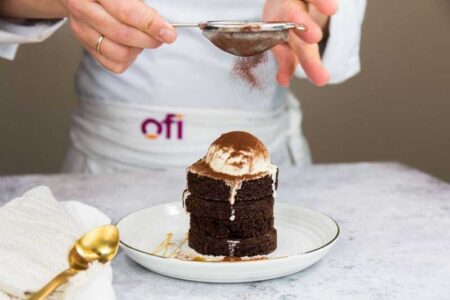Warning issued as court rejects trademark application

Roythornes is advising food businesses to invest in protecting their key designs after the courts rejected a plea by Kit Kat to trademark its four-finger shape.
The warning comes after Cadbury challenged an application by Kit Kat owner Nestlé to protect the design in order to prevent copycat products. The issue has been ongoing since 2014, however, Justice Arnold, sitting in the High Court, ruled in favour of Cadbury on 27 January 2016.
Nestlé had argued that even without its red and white packaging or the word ‘KitKat’ embossed on the chocolate, the shape of the bar should be regarded as distinct.
It is understood Nestlé now plans to appeal, but in light of the ruling, Roythornes has warned the decision is a timely reminder of the need for companies to protect their assets as early as possible.
Lizzie Naylor, solicitor at Roythornes’ food and drink team, says, “While this decision will be incredibly frustrating for Nestlé, given the size of the company it may not be the end of the world. However, for smaller companies, a decision like this could be a huge blow.
“It therefore demonstrates just how vital it is to ensure all elements of a company’s intellectual property are protected so far as possible.”
Protecting the shape of a three-dimensional object can sometimes be much trickier than protecting a more obvious facet of a products’ identity, such as a logo.
“A business will often have more difficulty getting a trademark granted in respect of a three-dimensional object, perhaps because their features are often seen as technical function rather than distinctive traits that ought to be protected.
“Also, the courts have repeatedly been reluctant to grant one party protection at the risk of excluding others from the market.
“There will always be a balancing act between protecting new, inventive and distinct models and granting one company a monopoly over the market. Nestle will now be in the position of ensuring that other elements of their products are protected in other ways to try to limit the level of copycat products that can be produced.
“It sends a message to all food producers to invest in brand protection, as in a competitive world there is always someone looking for opportunities.”



